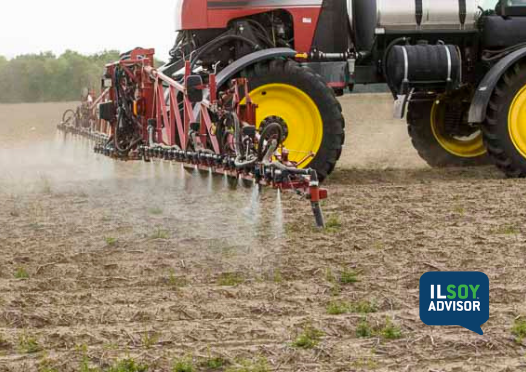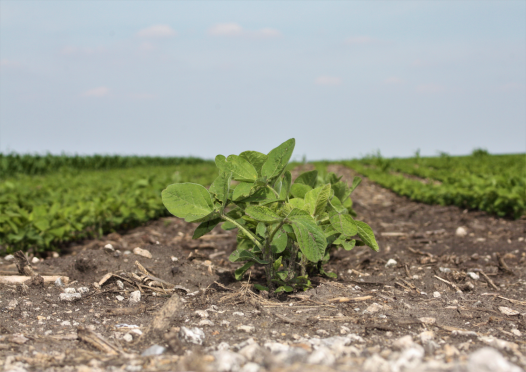ILSOYADVISOR POST
Weeds: Wrangle Weeds, Before They Outsmart You
How much profit potential are you willing to lose to weeds in 2014? It’s easy to underestimate the amount of yield loss to weeds, but when they compete with your crops for sunlight, moisture and nutrients, the effects of even a small patch can add up. In fact, it’s been estimated that weeds rob enough yield potential worldwide to feed nearly 1 billion people. So don’t let them take a bite out of your profits. Be sure to start early, plan a diversified approach, be prepared for resistance and keep an eye out for escapes.
Here are management tips from Aaron Hager, University of Illinois weed scientist, to keep weed-related yield and profit losses to a minimum.
Start off on the right foot
Hager recommends understanding the biology of weeds already present in the field so that you can make better choices about which tools and timing you’ll use throughout the season.
“The best approach to weed control is prevention,” explains Hager. So a good year often starts with an effective burndown strategy. Most weeds are controlled most effectively—and economically—earlier in the season.
Know how to mix it up
Diversifying your weed control methods is the key to reducing the seed bank in a field and battling herbicide resistance. Research throughout Illinois is showing more herbicide resistant weeds in more areas. Two especially troublesome species in Illinois are Palmer amaranth and waterhemp.
Hager recommends a “zero tolerance threshold” for managing Palmer amaranth. “Prevention is far better than eradication,” he explains. “Because once the weed becomes established, it may require three to four applications to bring it under control, and that typically means herbicide costs double.” He recommends that growers plan for 100% control of Palmer amaranth if it’s found in a field.
The key to keeping troublesome weeds under control? “There is no single tactic that will keep Palmer amaranth from reducing crop yield—the more integrated the management approach the greater the likelihood of long-term success.” Mechanical control and biological control options may also be important parts of an integrated approach.
And always, read and follow label directions, being sure to apply herbicides at the recommended label rates and make sure the weeds are within recommended size ranges for the best results.
Be on the lookout for fugitives
Even the best weed control plans may not be bulletproof, so it’s an important to keep an eye on weed problems all season long. Hager recommends scouting fields regularly during the season to identify any areas where weeds might have escaped early season control applications.
Also, be sure to monitor field borders. These are areas where resistant weeds may occur, as they may have missed application treatments during the season.
Finally, be sure to prevent movement of weed seed from one field to another. Be sure to clean all equipment before moving it to another field and be careful not to inadvertently spread weed seed at harvest.
What are you expecting your biggest weed control challenge to be in 2014? Join us in the forum to review updates from around the state.





Comments
Add new comment